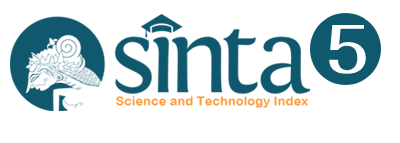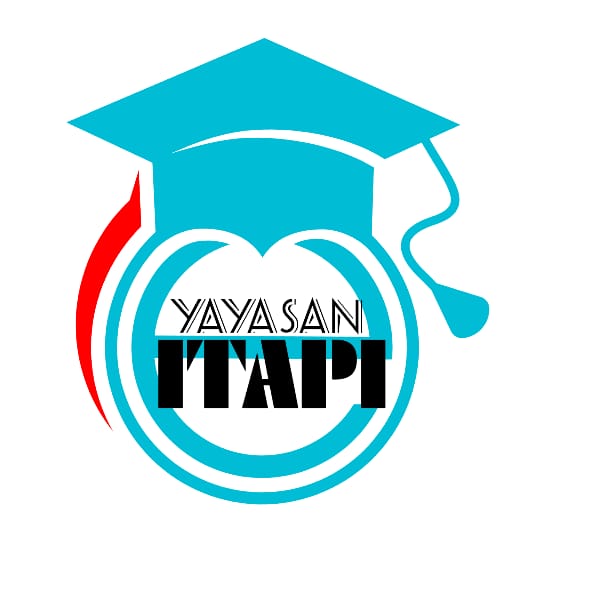The Effectiveness of Blended Learning in English Speaking Skill for Undergraduate in 4.0
DOI:
https://doi.org/10.52187/rdt.v2i2.51Keywords:
blended learning, effectiveness, individual rotation model, industrial revolution 4.0, speaking skillAbstract
This research deals with the students’ achievement of speaking skills and perception towards Implementing Individual Rotation of blended learning. The writers discuss the effectiveness of blended learning implemented in the pre-test and post-test of English speaking skill achievement of the 2nd semester of English Department students of the University of Sumatera Utara and their perception of it. This research aims to find out how the Individual Rotation Model of blended learning improves students’ English speaking skill achievement using the Learn Social platform and to find out students’ perceptions after implementing blended learning. In conducting this research, the writers apply descriptive with a mixed-method (Creswell & Plano Clark, 2011) analyzing the students’ achievement found in the pre-test and post-test and giving the online questionnaire to assess their perception towards blended learning. The data shows that the student's achievement in the post-test (Mean=87%) was higher than the pre-test (Mean=85%) out of 50 students. According to the data, 90% of the 42 students gave a positive response to blended learning. The result showed Individual Rotation Model improves the English speaking skill achievement especially in the components of speaking skill namely, vocabulary, grammar, and comprehension, and effective to be implemented for undergraduate students in the era of industrial revolution 4.0.
References
Christensen, C. M., Horn, M. B., & Staker, H. (2013). Is K-12 Blended Learning Disruptive? An Introduction to the Theory of Hybrids.
Creswell, J. W., & Plano Clark, V. L. (2011). Designing and conducting mixed methods research. SAGE Publications.
Isti’anah, A. (2017). The Effect of Blended Learning to the Students’ Achievement in Grammar Class. IJEE (Indonesian Journal of English Education), 4(1), 16–30. https://doi.org/10.15408/ijee.v4i1.5697
Jenny White. (2018). How to Customize Learning With Individual Rotation.
Qindah, S. (2018). The Eurasia Proceedings of Educational & Social Sciences (EPESS) The Eurasia Proceedings of Educational The Effects of Blended Learning on EFL Students’ Usage of Grammar in Context. & Social Sciences (EPESS), 10. Retrieved from www.isres.org
Sinar, T. S. (2019). Peran dosen USU dalam menghadapi pembelajaran era revolusi industry 4.0. Medan: USU Press.
Sofyan, R., & Tarigan, B. (2017). Online Resources Management in Self-Corrections and Translation Quality. International Journal of Sciences: Basic and Applied Research (IJSBAR) International Journal of Sciences: Basic and Applied Research, 35(2), 212–224. Retrieved from http://gssrr.org/index.php?journal=JournalOfBasicAndApplied
Suryacitra, G. E. (2018). Efektivitas penerapan model pembelajaran Flipped Classroom di kelas X MIPA SMA Negeri 1 Karanganom tahun Ajaran 2017/2018 pada Materi Vektor.
Varthis, S. (2016). Students’ Perceptions of Blended Learning and its Effectiveness As a Part of Second Year Dental Curriculum.
Windi Rahmi Reg, B. (2017). The Effectiveness Of Total Physical Response Method In Teaching English Vocabulary To Students With Autism At SDLB Negeri 027701 Binjai. A Thesis.
Xing, B., & Marwala, T. (2017). Implications of the Fourth Industrial Age on Higher Education. Tạp Chà Nghiên Cứu Dân Tộc. https://doi.org/10.25073/0866-773X/87

















